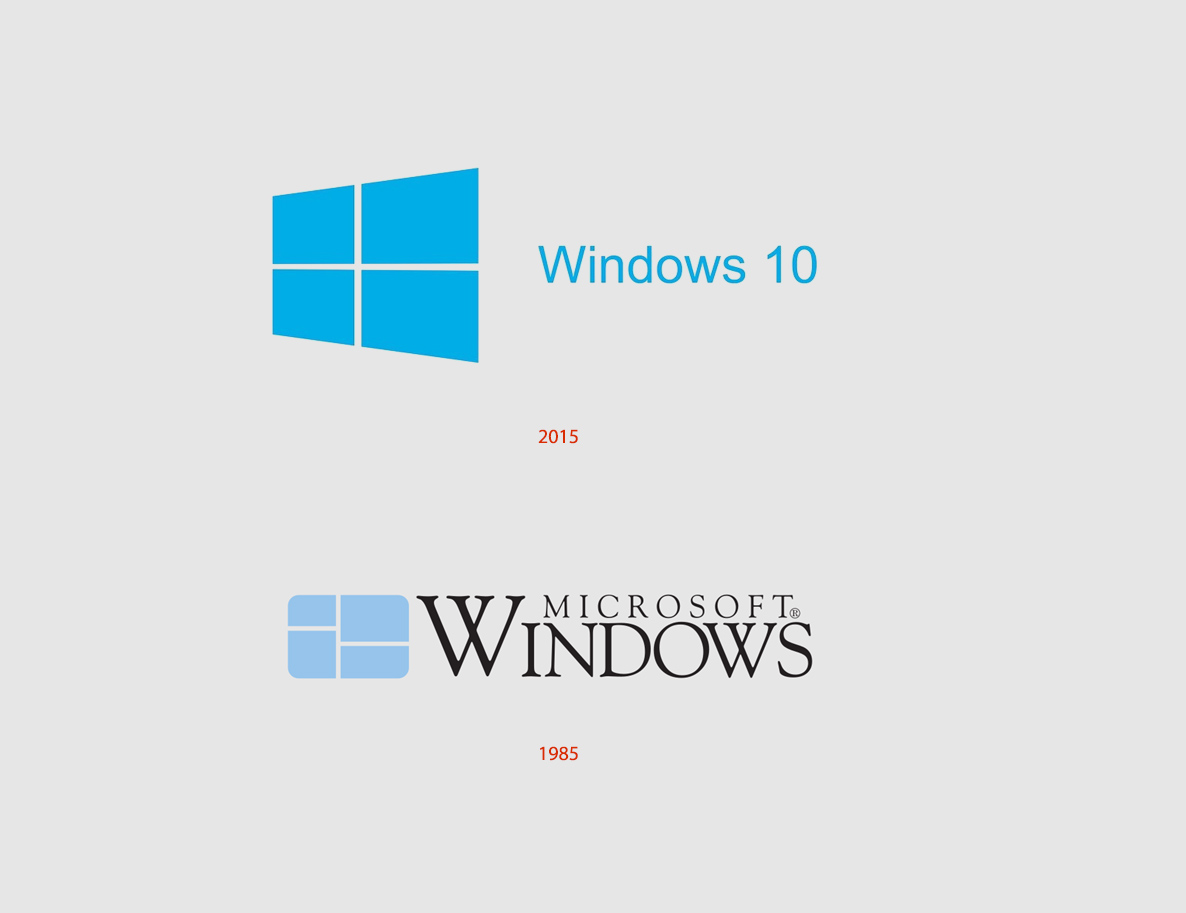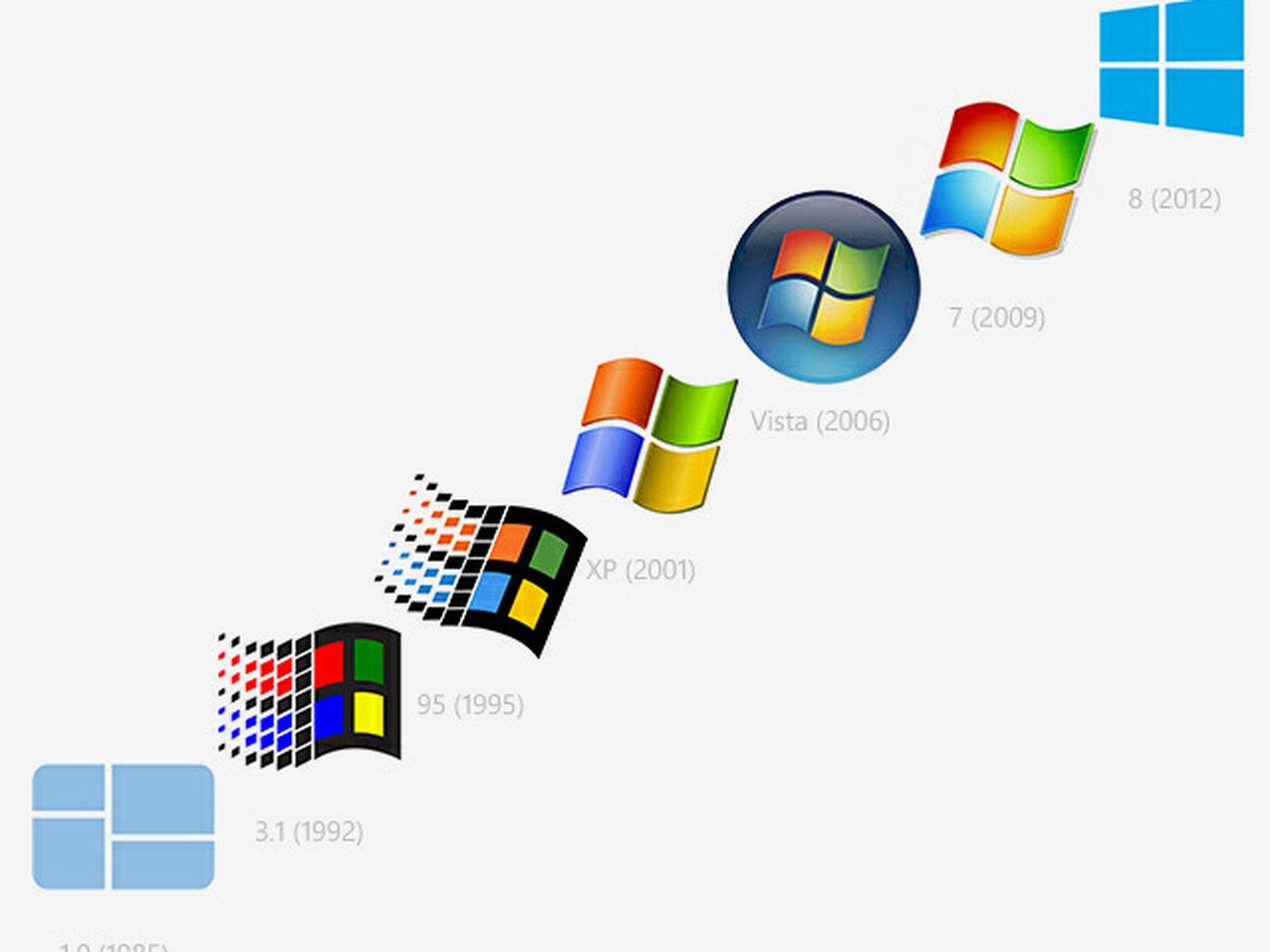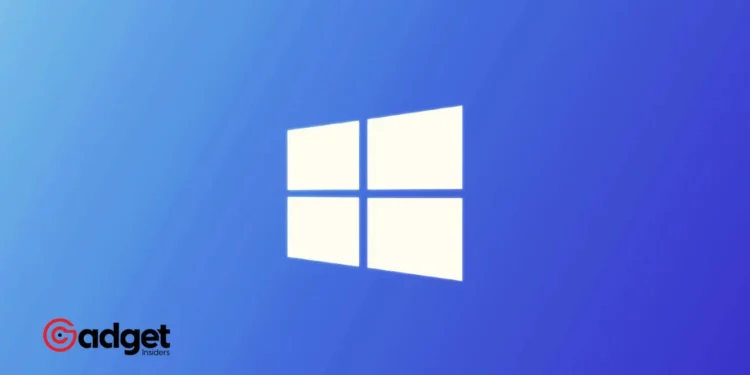In the ever-evolving landscape of technology, Microsoft’s Windows has stood as a colossus, shaping the way we interact with our digital devices. The journey of Windows is a tale of innovation, speculation, and unexpected turns. Amidst the swirling rumors and the anticipation of tech enthusiasts, recent revelations have shed light on Microsoft’s ambitions and strategic shifts, marking another chapter in the storied legacy of Windows.

A Glimpse into Microsoft’s Master Plan
The narrative surrounding the future of Windows has been a rollercoaster of expectations and revisions. Not too long ago, the tech community was abuzz with talks of “Windows 12,” a supposed leap forward in Microsoft’s operating system saga.
This speculation was rooted in a previous discourse about Microsoft reverting to a traditional three-year release cycle for Windows updates. However, as the dust settled, it became apparent that the envisioned future might hold something different.
Contrary to the anticipation of a brand-new “Windows 12,” the focus has seemingly shifted towards Windows 11’s next major feature update, dubbed 24H2. This pivot is not indicative of a lack of innovation but rather a nuanced approach to upgrading and enhancing the Windows experience, as corroborated by tech giants Qualcomm and Intel.
This strategic recalibration came in the wake of organizational changes within Microsoft, notably after the departure of Panos Panay, the former head of Windows and Surface. Such shifts hint at the fluid nature of Microsoft’s roadmap, influenced by both internal dynamics and the technological ecosystem at large.
The Evolution of Microsoft Windows pic.twitter.com/Tw1NoKDuXa
— 9GAG ❤️ Memeland (@9GAG) August 17, 2013
The Eternal Saga of Windows 10 and Beyond
The lore of Windows 10 as “the last version of Windows” is a fascinating subplot in Microsoft’s odyssey. This proclamation, first made public in 2015 and reiterated at the Ignite conference, suggested a perpetual future for Windows 10, continuously refreshed through updates rather than traditional version upgrades.
Yet, the emergence of Windows 11 in June 2021 marked a departure from this path, underscoring Microsoft’s willingness to adapt and redefine its vision. The company’s internal deliberations on the matter remained ambiguous up until mid-2017, as evidenced by the 7th Edition of the “Windows Internals” book.
The publication delves into Microsoft’s strategy to expedite Windows updates, moving away from the notion of a singular, unchanging “Windows 11” and towards a model of iterative enhancements to Windows 10. This approach reflects a broader intent to fortify Windows against evolving security threats, demonstrating a commitment to both innovation and safeguarding users.

The Road Ahead: Windows in a New Era
As we stand at the intersection of past ambitions and future possibilities, it’s clear that the journey of Windows is far from over. The narrative continues to unfold, driven by technological advancements, strategic shifts within Microsoft, and the endless curiosity of the global tech community.
The evolution from Windows 10 to Windows 11 and beyond signifies not just a change in naming conventions but a deeper evolution in how we conceive of and interact with operating systems.
In this dynamic landscape, the essence of Windows remains unchanged – a platform at the forefront of personal computing, reshaping our digital experiences. As Microsoft navigates the future, the legacy of Windows as a cornerstone of technology endures, adapting to new challenges and embracing opportunities in the ever-changing world of tech.
The progression of Windows, from a vision of perpetuity with Windows 10 to the adaptive journey towards Windows 11 and beyond, encapsulates the essence of innovation – a blend of steadfast goals and the agility to navigate the winds of change. In this saga, each chapter adds depth to the narrative, reinforcing Windows’ role as a pivotal force in shaping the future of digital interaction.









